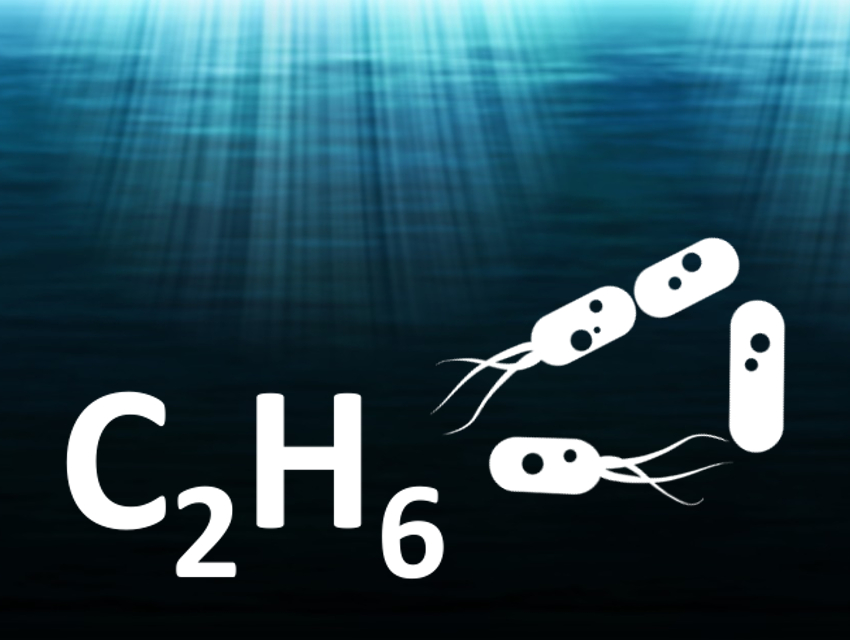Hydrothermal vents are cracks in the seafloor, generally near volcanically active areas, where heated water is emitted. The water also contains compounds from the rock below, such as minerals and hydrocarbons. Hydrothermal vents are often home to unusual microbes. Some of them can “feed” on simple hydrocarbons such as methane and use them as a source of energy, a process called chemosynthesis. Photosynthesis, in contrast, is impossible in the deep sea due to a lack of sunlight.
Gunter Wegener, Max-Planck Institute for Marine Microbiology, Bremen, Germany, University of Bremen, and Helmholtz Center for Polar and Marine Research, Bremerhaven, Germany, and colleagues have discovered a microbe that generates energy by oxidizing ethane at hydrothermal vents, Candidatus Ethanoperedens thermophilum. It was found in marine sediment of the Guaymas Basin, Gulf of California, Mexico, at a depth of at 2,000 m and then cultured in the laboratory. The microbes are archaea, single-celled microorganisms similar to bacteria. They live together with a sulfate-reducing partner bacterium, Candidatus Desulfofervidus auxilii, forming a so-called consortium.
Previously known consortia are difficult to culture and grow very slowly. The newly discovered microbes, in contrast, multiply well in the laboratory, which allowed the team to perform detailed analyses. They found, for example, that the ethane oxidation pathway is fully reversible in principle. This could allow similar microorganisms to produce ethane from CO2, which would be useful in biotechnology.
- “Candidatus Ethanoperedens,” a Thermophilic Genus of Archaea Mediating the Anaerobic Oxidation of Ethane,
Cedric Jasper Hahn, Rafael Laso-Pérez, Francesca Vulcano, Konstantinos-Marios Vaziourakis, Runar Stokke, Ida Helene Steen, Andreas Teske, Antje Boetius, Manuel Liebeke, Rudolf Amann, Katrin Knittel, Gunter Wegener, Douglas G. Capone,
mBio 2020.
https://doi.org/10.1128/mbio.00600-20




